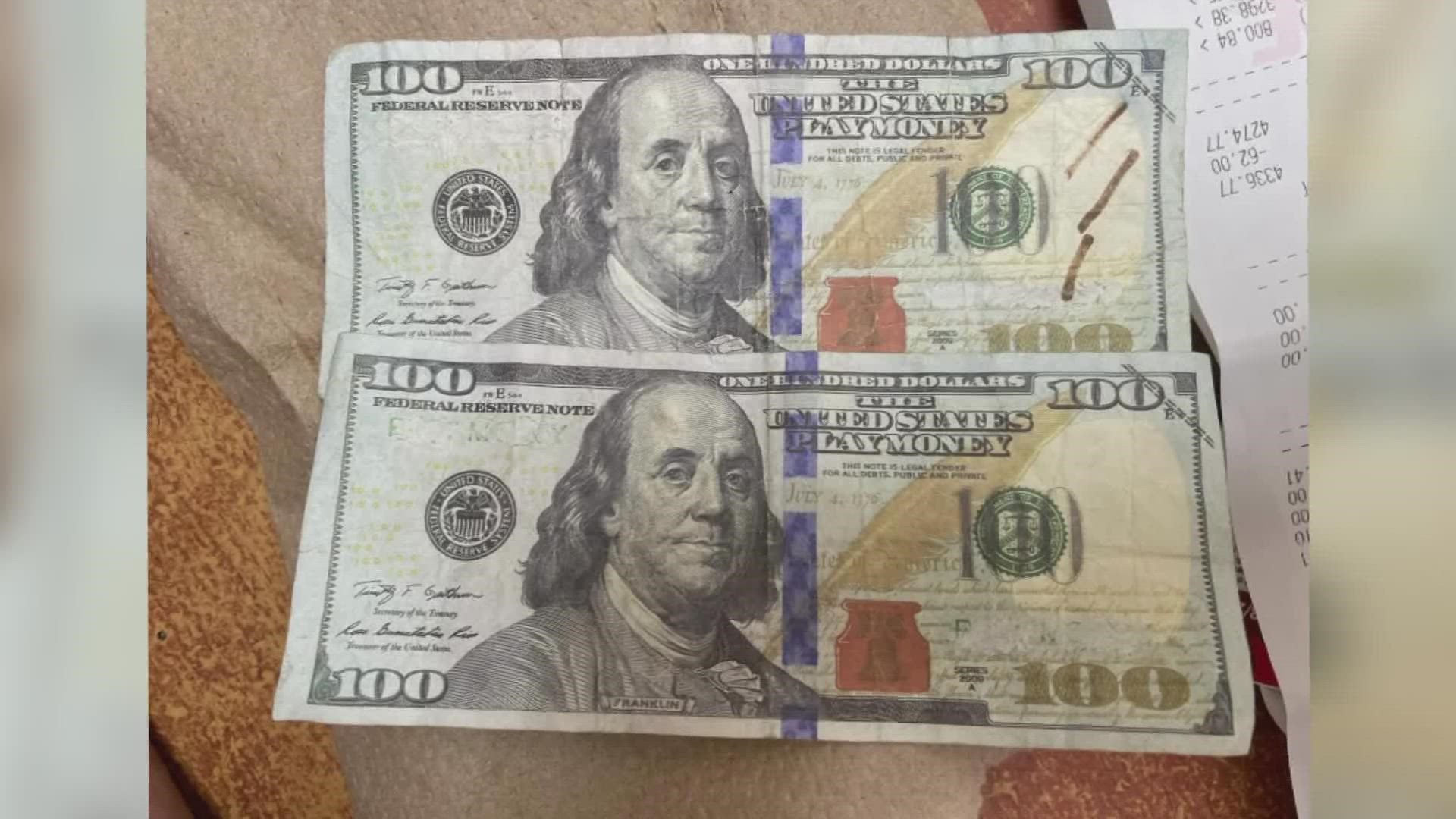Discover the Usages of Funny Money in Artistic Creations and Theatrical Performances
Phony cash, usually associated with deceptiveness and illegality, holds a peculiar allure when it locates its means right into the world of theatrical performances and creative productions. As we dive into the multifaceted usages of fake cash in these innovative domain names, we start to reveal a globe where credibility and imitation blur, prompting us to question the very nature of worth and depiction within art and performance.

Historic Value of Funny Money in Art
The historic value of funny money in art is a facility and interesting topic that clarifies the intersection of creativity, subversion, and socio-political commentary. Throughout history, musicians have actually made use of funny money as a tool for tough social standards, questioning the value of currency, and making powerful statements about wealth and power.
One of one of the most remarkable instances of funny money in art go back to the Dada activity of the early 20th century - copyright money for sale. Artists such as Marcel Duchamp and Hannah Höch included copyright right into their works to slam the capitalist system and discover the idea of value in a swiftly altering globe
Additionally, throughout times of economic instability or political turmoil, funny money has actually been used by musicians as a type of protest or disobedience. By developing and flowing copyright, musicians have actually been able to interfere with the status, obstacle authority, and provoke vital discussions about the duty of cash in culture.
Effect of copyright Currency on Visual Arts
By integrating fake cash right into their works, musicians prompt conversations on the nature of value, credibility, and societal perceptions of wealth. The use of copyright in art also raises ethical considerations regarding the boundaries of imaginative expression and the ramifications of reproducing lawful tender. Overall, the effect of phony currency on aesthetic arts is multifaceted, promoting important reflections on the intersection of cash, art, and social values.
Significance and Meaning in Theatrical copyright Displays
Making use of staged copyright displays, musicians utilize symbolic representations to share much deeper significances and stimulate provocative interpretations within the world of efficiency art. With the incorporation of funny money in staged productions, developers can explore styles such as greed, power, corruption, and the illusion of wide range. Using copyright on stage can function as an allegory for societal concerns, economic disparities, and the delicacy of monetary systems.
In theatrical efficiencies, the symbolic value of imitation money extends past its monetary well worth. It can symbolize the misleading nature of appearances, the search of materialistic wishes, and the consequences of underhanded habits. By making use of funny money as a prop, artists can test audiences to question truth significance of riches and the ethical boundaries that people may go across in its quest.
Moral Factors To Consider in Using Phony Money for Art

One significant ethical consideration is the potential legal consequences of utilizing phony cash in art. Counterfeiting money is prohibited in most countries and can lead to major repercussions for musicians who knowingly incorporate copyright bills into their work. copyright money for sale. This not only puts the artist in jeopardy but also questions about advertising prohibited tasks via art
In addition, there is a moral predicament pertaining to the credibility of the art work itself. Utilizing phony money blurs the line between reality and imitation, possibly tricking customers and jeopardizing the stability of the artistic piece. Artists must consider whether the usage of funny money lines up with their worths and creative intents, evaluating the possible influence on their reputation and trustworthiness.
Future Patterns in Funny Money Combination
Thinking about the developing landscape of artistic expression, the incorporation of imitation cash in innovative works may witness a change in the direction of ingenious and intriguing methods. As musicians remain to push borders and check out new mediums, copyright money can progressively be made use of to challenge social norms, examine the value of money, or make powerful declarations regarding wide range and consumerism.
One future pattern in funny money assimilation might be its application dig this in immersive art setups where target markets are encouraged to connect with the pieces, obscuring the lines between truth and impression. Additionally, innovations in innovation might lead to the development of hyper-realistic copyright money that is basically identical from real money, opening up opportunities for a lot more detailed and elaborate art work.
In addition, collaborations between musicians and counterfeiters could lead to one-of-a-kind pieces that integrate typical artistic methods with the workmanship of producing funny money. Honest considerations surrounding the validity and principles of making use of copyright money in art will continue to be a point of contention as these future patterns unfold.
Final Thought
Finally, the usages of funny money in artistic developments and staged efficiencies have a long background and remain to be a resource of ideas for artists. From Bonuses its historical value to its effect on aesthetic arts and significance in theatrical screens, funny money plays an one-of-a-kind duty in the art globe. Nevertheless, honest considerations should be thought about when using phony cash for innovative functions. The integration of funny money in art is likely to continue evolving in the future.
On the whole, the impact of copyright currency on aesthetic arts is multifaceted, stimulating vital representations on the junction of money, art, and societal worths.

In verdict, the uses of imitation cash in staged performances and artistic developments have a lengthy history and proceed to be a source of motivation for musicians. Ethical considerations need to be taken right into account when making use of copyright cash click to read for creative functions. The assimilation of imitation money in art is likely to continue evolving in the future.